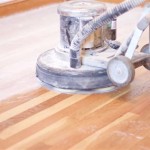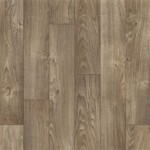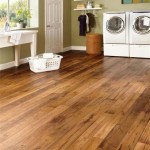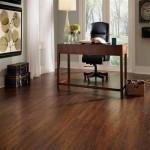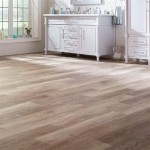When it comes to decorating and renovating kitchens, laminate flooring is becoming increasingly popular. This versatile, cost-effective and low-maintenance material is the perfect choice for any kitchen, whether you’re looking for a traditional look or a modern one. In this comprehensive guide, we’ll discuss the benefits of laminate flooring for kitchens, how to select and install it, and how to best maintain it.
What is Laminate Flooring?
Laminate flooring is a type of surface covering made up of multiple layers of material that are fused together. The top layer, or wear layer, is a high-density plastic coating that is resistant to scratches, fading and stains. Beneath this is a decorative layer, followed by the core layer which is made up of a high-density fiberboard. The bottom layer, or backing, is a moisture-resistant material that prevents moisture from seeping into the core layer.
Benefits of Laminate Flooring for Kitchens
The benefits of laminate flooring for kitchens are numerous. First, it is very affordable, often costing less than other flooring options such as hardwood or tile. It is also highly durable and can withstand a lot of wear and tear. It is also easy to clean and maintain, requiring only occasional sweeping and mopping. Furthermore, laminate flooring comes in a variety of styles and colors, allowing you to find the perfect look for your kitchen.
How to Select Laminate Flooring for Kitchens
When selecting laminate flooring for your kitchen, there are several factors to consider. First, you should consider the size of your kitchen and the amount of foot traffic it receives. If you have a large kitchen or a lot of foot traffic, you should opt for a thicker, more durable laminate flooring. Additionally, you should consider the look and feel of the material. Laminate flooring comes in a variety of styles and colors, so you can find something that fits your kitchen’s aesthetic.
How to Install Laminate Flooring for Kitchens
Installing laminate flooring for kitchens is relatively straightforward. First, you should make sure that your subfloor is level and free of debris. Once the subfloor is ready, you can begin laying the laminate flooring. Laminate flooring is usually laid in a tongue-and-groove fashion, with each piece locking into the next. You should also use a vapor barrier to protect the flooring from any moisture that may seep up from the subfloor.
How to Maintain Laminate Flooring for Kitchens
Maintaining laminate flooring for kitchens is easy. Regular sweeping with a soft-bristled broom is recommended to remove dirt and debris. You should also mop the floor regularly with a damp mop and an appropriate cleaner. Additionally, you should protect the floor from any spills and stains by using mats and rugs in high-traffic areas.
Conclusion
Laminate flooring for kitchens is an affordable, durable, and low-maintenance option. It comes in a variety of styles and colors, making it easy to find the perfect look for your kitchen. When selecting and installing laminate flooring, it is important to consider the size of your kitchen and the amount of foot traffic it receives, as well as the look and feel of the material. Additionally, regular sweeping and mopping are necessary to maintain the floor and protect it from spills and stains.















Related Posts

